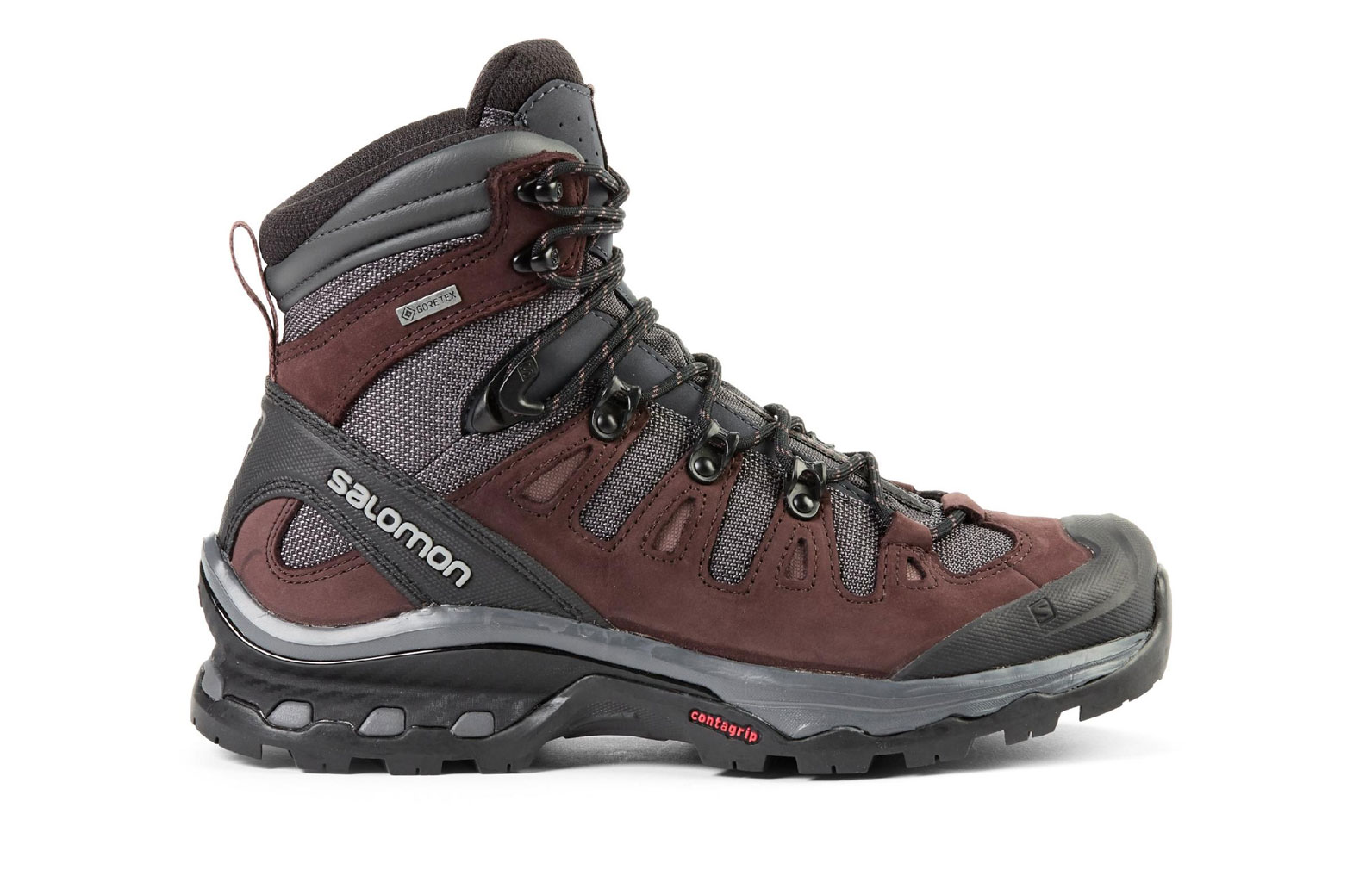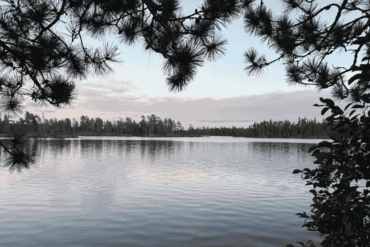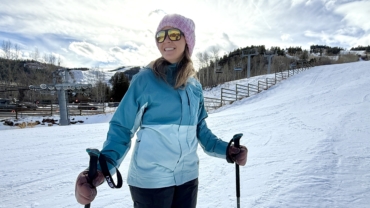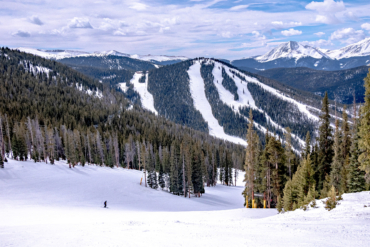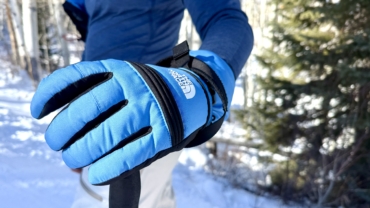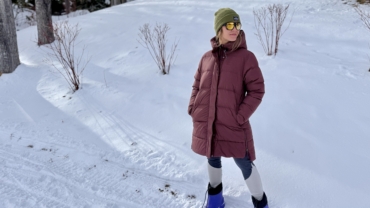Whether you are looking for an affordable way to enjoy the snow, want to keep your running muscles in shape in the winter, or need another tool for your summit adventures, the perfect snowshoes can be a versatile addition to your gear closet.
I used my snowshoes to stay sane at the beginning of the lockdowns, walking laps in my local meadow. Last season, they got me up the hill on my first backcountry snowboard tour before obtaining my splitboard. And when I first moved to the Sierra Nevada, I even borrowed a pair from a friend to go on a first date!
Bottom line: snowshoeing is a fun and versatile activity that you can do alone or in a group.
This guide breaks down the different options when choosing the perfect pair of snowshoes and the right gear to accompany them. Focusing on sizing, bindings, and what types of boots and poles are best, we’ll walk you through how to choose snowshoes.

How to Choose Snowshoes
Sizing
For proper snowshoe sizing, you need to consider both the maximum load on your snowshoes (your body weight plus the gear you are carrying) and the type of terrain you will be navigating.
Check the specs of the snowshoes you are looking at. They will list a “maximum recommended load” and the recommended type of terrain. If you are only taking day trips, the max load should be around 20 pounds above your body weight. For overnight trips or mountaineering, it would be 30-60 pounds more than your bodyweight.
For the length, a longer snowshoe makes it easier to travel through powder because there is a larger surface area. However, a longer snowshoe is more challenging to take up and down steep terrain. If you expect to travel on hard-packed snow in mostly flat terrain, a shorter snowshoe will do just fine.

Bindings
When snowshoe bindings are challenging to get in and out of, or they do not stay tightened in place, a peaceful adventure can quickly turn into a frustrating experience. Most snowshoe bindings are a rotating or floating model, meaning they move separately from the frame of your snowshoe. Running snowshoes tend to have a single flank to reduce the shoe’s flapping and increase cushioning and quietness.
The three main strap materials are made of either nylon, rubber, or cable lace. They are formatted in a system of either straight straps, ratchet straps, pull webbing, or a BOA system. I prefer a pull webbing that accommodates a wide range of shoe sizes.
The pull webbing and the BOA cable lace bindings both provide a snug and secure fit, as well as a quick and easy in-and-out of your snowshoes. (Snowshoes themselves are also made of different materials, but the most common are made of some sort of hardened plastic with carbon, steel, or aluminum.)

Traction & Heel Risers
Under the snowshoes, you’ll see the traction that ranges from similar to a winter hiking shoe to the sharp teeth of a crampon for mountaineering. Running snowshoes are mostly foam and rubber with a few metal studs for traction. All others will have steel crampons underfoot (toe and heel), some with the addition of side traction along the frame.
This traction is crucial for any icy conditions or any inclines. I’ve managed fine with just the toe and heel crampons, but the side traction is especially vital for traversing.
Heel risers are a key feature if you plan to do any ascents up steep terrain. Trying to snowshoe uphill without heel risers will result in immediate calf fatigue. You may think that hiking sideways up an incline to create switchbacks is a solution, but trust me, this is awkward unless there is an established flat trail of switchbacks.

Boots
You do not need a specific pair of boots made for snowshoeing, but there are a few important factors to consider when choosing which shoes you wear while snowshoeing. First, be sure that your boots fit you well — no heel slipping uphill or toe jamming downhill. If you have hiked in them comfortably, perfect! Next, make sure that they fit in your snowshoe bindings.
Third, ensure that your feet will stay dry. It’s preferable to have a waterproof boot, like these Salomon Quest 4D 3 GTX Hiking Boots. In addition, you need either tall boots (calf or higher), hiking gaiters or running gaiters, or long, water-resistant pants that will cover the top of your boots and stay in place.
As you walk, it’s possible for kicked-up snow from the snowshoes to melt into the top of your boots if they are not protected. This leads to discomfort that may force you to end your adventure early or take the fun out of snowshoeing. So, waterproofing or a higher boot height is key.
Poles
Snowshoeing without poles is possible but awkward, especially when traveling through deep powder or on a steep incline. The most important feature of snowshoe poles is the basket — the circular piece about two inches above the spike which stabs into the ground. Many trekking poles used for hiking come with baskets, but they are often not made for light, fluffy, thick snow.
Ski poles will have a large enough basket, but the poles you use to ski may not be the correct height for you to snowshoe. The best option is to purchase trekking poles for use while hiking or backpacking. You can also purchase the additional snow basket to swap onto the pole during the winter.
My Leki poles have stood the test of both time and multiweek backpacking trips to New Zealand, backcountry snowboarding, and endless snowshoeing. Buy the Leki Snowflake Baskets for the most stability.

How to Choose Snowshoes: Conclusion
Snowshoes can give you access to places that are not otherwise within reach by foot, or even on skis with skins. For example, that first date I went on was to a cave in a cliff band in the middle of winter! Snowshoes were the key item to get us there.
They also give those that are not interested in going fast downhill (or those who can’t invest in more gear) access to a snow sport. Aside from optional (but helpful) gear like poles and the snowshoes themselves, the investment is virtually zero.
You don’t need much to get on top of the snow for a safe stroll. By following this guide on how to choose the perfect snowshoes for you, you can make it the best experience possible for years to come.

